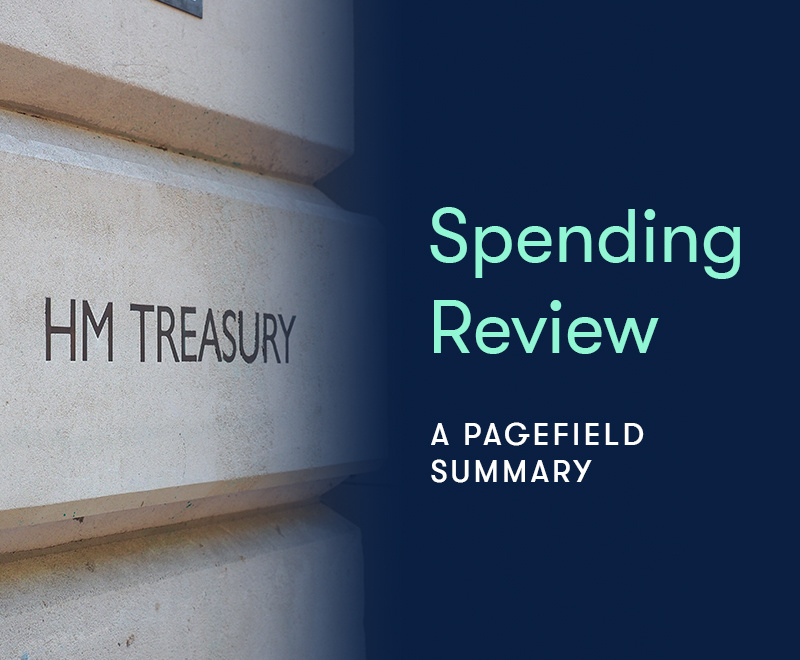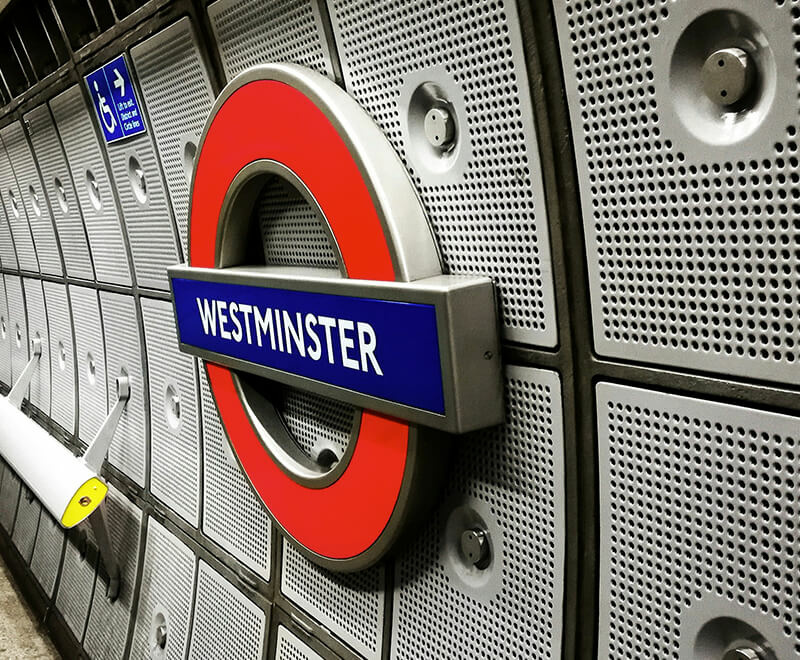This week saw a feeding frenzy of political announcements, speeches and manifesto launches. Here are some of our newest recruit, Josh Lambkin’s observations.
Manifesto 2.0
With less than three weeks to go before one of the most unpredictable and confusing elections in the post-war era, voters might have been hoping for some clarification and illumination from this week’s manifestos. For those who read them, I fear they will be sorely disappointed. Each one of the three “major” parties has produced a manifesto which is fiddly, non-committal, deeply political and strikingly similar. Five years of coalition government has fundamentally affected the way our politicians think and prepare their blueprint for government.
Blue collar Dave
The most interesting feature of these manifesto launches – particularly Labour and Conservative – was how profoundly paradoxical they were. David Cameron’s speech at the manifesto launch was a calculated attempt to evoke old Thatcherite sentiments of aspiration, hard work and individual achievement. It was an appeal to disaffected Tories, blue-collar voters and to those who want to get on in life. Yet, the first line of the manifesto he was brandishing said “We have a plan for every stage of your life”, words that would have surely raised an eyebrow in Thatcher’s cabinet. There certainly was a plan with policy after policy tinkering with welfare, child care, health and pensions. Perhaps Cameron is banking on more people watching his “child of Thatcher” speech than reading his “child of Blair” manifesto.
Ed – out of the Red
Role reversal was also a theme underpinning Labour’s Manifesto: “Every policy in this manifesto is paid for” crowed Miliband at his manifesto launch. The “Labour Manifesto Budget Responsibility Lock”, also on the first page of the party’s manifesto, is a clear attempt from the party leadership to distance themselves from their reputation as the party of reckless borrowing and spending. Playing against stereotypes, as the Tories try to move in on the aspirational working class vote, Labour are in turn trying to sweep up the fiscally conscious middle-class vote. It is worth noting that upon examination, by my calculation there are eight major policy spending pledges with no explanation of funding plans.
Dividing Lines and Coalition Building
In most of the major policy areas, it is hard to draw a clear dividing line between the three manifestos. They were almost identical in their policy commitments to build more new homes, to increase the amount of free childcare, to spend more on the NHS, to renew Trident, to retain a triple lock on state pensions, to treat mental care with the same importance as physical care and – perhaps surprisingly – to ban wild animals from appearing in the circus.
There are however a few defining policies; some of which are headline grabbers, others of which are more unexpected.
The Tory pledges to extend the Right to Buy and create a Tax-Free Minimum Wage are the most prominent from their manifesto. With commentators already labelling these as “bribes”, the economic viability of these policies is far from certain. Their manifesto also contains some interesting tit-bits for the rural vote, heavily under threat from UKIP in some parts. A pledge to end subsidies for on-shore wind farms, hold a vote to repeal the Hunting Act and eradicate bovine TB are all aimed at luring back those wavering Tories outside the “metropolitan bubble”
Labour put some clear blue water between themselves and the other two with their policy towards the tax-free allowance. Instead of raising this to £12,500, Labour decided that introducing a new 10p starting rate of tax would be a better way of helping the low-paid. They also broke the mould by avoiding a solid commitment on eliminating the deficit; Miliband would rather tackle this matter “as soon as possible in the next parliament”. With Ed Balls subsequently saying this could be as late as 2019-20, it is safe to say that the Labour Party has left itself with considerable wriggle room when it comes to public finances.
Speaking of wriggle room, the Liberal Democrats seem to have learnt from their mistakes in the 2010 manifesto and produced a very long manifesto full of distinctly non-committal manifesto pledges. Their general approach to the deficit resonates faintly with that of the Conservatives, despite a £3bn difference in their estimation of “fiscal consolidation” (i.e. how many cuts are needed). However, they are closer to Labour in not ruling out further borrowing and would protect the welfare state from the sort of cuts that the Tories have in mind.
Tit for Tat
Unsurprisingly, the manifesto launches were accompanied by a healthy dose of political point-scoring and bickering. Shortly after the launch of the Labour manifesto, the Conservatives decided to make a last-minute adjustment to their policy on free childcare, increasing it from 25hr to 30hrs, in a brazen attempt to out-bid labour. Similarly, the Lib Dems were not to be outdone by Labour on the idea of means-testing the winter fuel allowance by removing the benefit from all pensioners on the top rate of income tax.
Overall, these manifestos were noticeably devoid of bold policy commitments and were a true symptom of the political environment in which the parties are currently operating. That said, there were a few statements and developments which begin to paint a picture of the sort of government we might expect after May 7th, even if it will be a chaotic few weeks before we get there.



